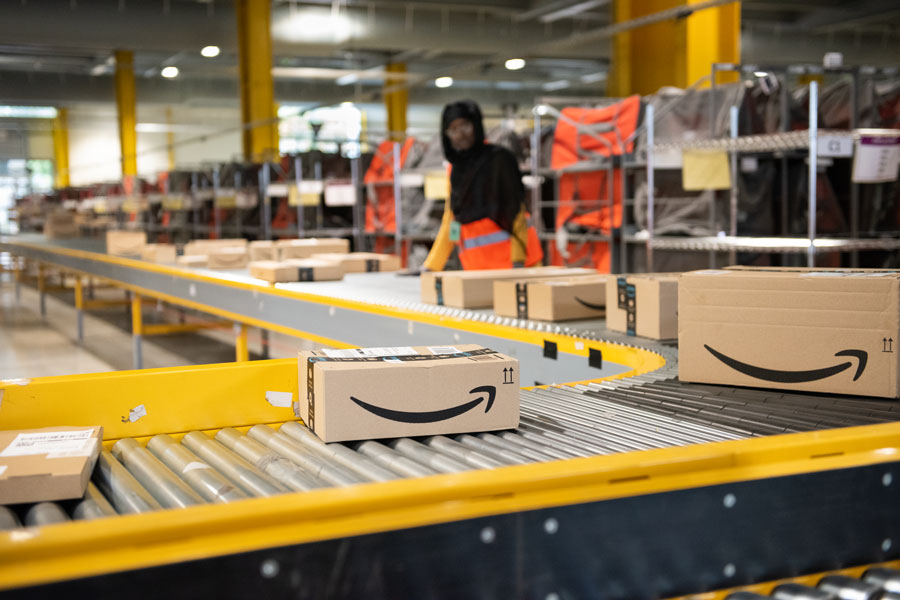Amazon to Reduce Corporate Workforce as Generative AI Integration Expands

LONG ISLAND, NY – Amazon CEO Andy Jassy announced on Tuesday that the company plans to shrink its corporate workforce over the next few years as growing adoption of generative artificial intelligence (AI) and automated “agents” begins to replace routine tasks.
Jassy described this shift as a “once-in-a-lifetime technological change” that will increase operational efficiency while altering how work is performed. He noted that although the company does not anticipate large-scale layoffs immediately, the overall headcount is expected to decrease as jobs become obsolete through natural attrition, and select teams may see direct cuts.
Amazon, which employs approximately 1.6 million people, has already eliminated over 27,000 positions since 2022. The reduction is linked to increased internal use of over 1,000 generative AI agents across areas such as Alexa, advertising, and retail operations.
The company is investing heavily in building the AI infrastructure needed to support these changes, committing more than $100 billion to data centers and backing startups like Anthropic. Jassy emphasized that while some roles will disappear, new opportunities will arise in AI-related areas such as innovation and software development.
This move aligns with industry trends, as other tech firms like Microsoft, IBM, and Google have also laid off workers or reduced hiring while increasing AI investments.
Analysts note that roughly 25% of new U.S. tech job postings now require AI skills, reflecting the increasing demand for specialized talent.
While Amazon’s permanent employment numbers have declined modestly – from a peak of 1.61 million in 2021 to around 1.56 million in 2024—automation has significantly changed staffing dynamics in areas like warehouse fulfillment, according to external data.
Q&A: What You Need to Know About Amazon’s AI Workforce Changes
Q: Why is Amazon reducing its workforce?
A: Amazon is streamlining operations by adopting generative AI and automated agents, which are increasingly handling tasks previously performed by humans.
Q: Will there be immediate layoffs?
A: No large-scale layoffs have been announced, but Amazon expects headcount to shrink gradually through attrition and selective role elimination.
Q: Which departments or roles are most affected?
A: Roles involving repetitive or rules-based tasks in corporate departments such as HR, finance, and logistics planning are more likely to be impacted.
Q: Are any new jobs being created?
A: Yes, roles in AI development, data science, cloud infrastructure, and machine learning operations are expected to grow.
Q: How many jobs has Amazon already cut?
A: Since 2022, Amazon has eliminated over 27,000 corporate positions across multiple rounds of layoffs.
Q: What AI tools or technologies is Amazon using?
A: Amazon uses more than 1,000 generative AI “agents” across Alexa, advertising, retail, and AWS infrastructure, and it’s investing heavily in cloud AI systems and AI-focused startups.
Q: How does this compare to other companies?
A: Amazon’s shift mirrors moves by other tech giants like Microsoft, Google, and IBM, all of which have trimmed staff while investing in AI.
Q: How will this affect Amazon customers or Prime users?
A: Consumers are unlikely to see disruptions, but they may notice smarter customer support, improved Alexa capabilities, and faster services due to AI integration.
Q: Can workers be retrained for AI-related jobs?
A: Amazon has launched internal upskilling programs, but it’s unclear how many displaced workers will qualify for new AI-oriented roles.
Q: Is this part of a broader trend?
A: Yes, AI-driven job displacement is a growing trend across many industries, especially in administrative and tech-adjacent roles.


